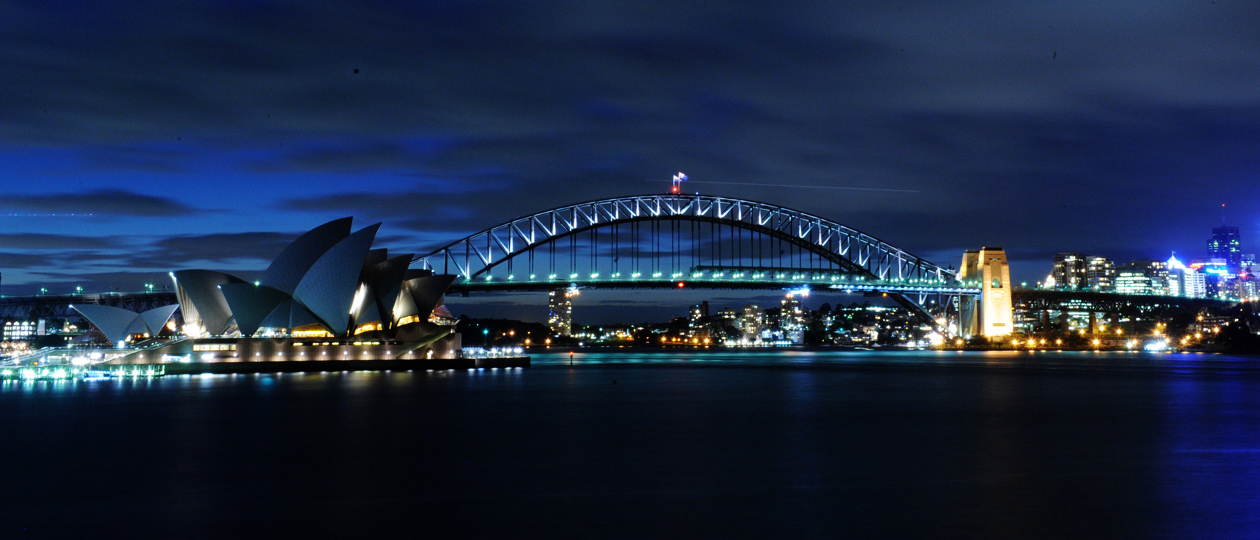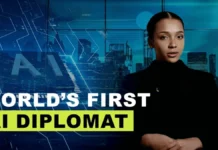A week ago Australia’s Department of Foreign Affairs and Trade launched its first digital media strategy and accompanying blog.
It’s about time. Digital diplomacy is expanding, the pace of change is picking up, and DFAT – which spent two years developing this strategy – is late to the party. The US State Department’s Taskforce for ‘ediplomacy’ was established back in 2002 and the UK launched its digital diplomacy strategy in 2012, the year an Australian Parliamentary Committee was told DFAT would not prioritise ‘e-diplomacy’.
In fact, DFAT has been going digital for a few years. I’ve been analysing DFAT Facebook pages from Dili, Hong Kong, Jakarta, Seoul, Suva, and Seoul over the last 18 months. Most diplomatic missions have social media accounts and their experiences have helped shape the new DFAT strategy.
The focus is on public diplomacy, especially the use of social (Facebook, Twitter, LinkedIn) and digital media (blogs, podcasts, infographics). Just to be clear, no one is suggesting maintaining strategic alliances via LinkedIn, or trade negotiations via Twitter.
The strategy outlines five pillars: equip (staff with tools and skills); listen (to relevant online discussions); explain (Australia’s positions, policies and programs); engage (with relevant publics and stakeholders) and influence (attitudes, behaviours and outcomes).
‘Equip’ leads the way, as it should. I would also suggest prioritising strategic over technical skills. Learning how to operate the widgets and how platforms work is useful. Appreciating what social media campaigns can and cannot do is crucial. But first should come the identification of communications goals, which may include consular support, promotion of education or trade, crisis communications, and so on.
Listening, I would argue, is the most important pillar. The competition for online attention is fierce. Often DFAT’s competitors are not other governments: most conversations about matters of importance for Australia’s overseas image occur in local online communities, and can originate anywhere.
In South Korea, for example, an Australian story on the abuse of working holiday makers was re-reported by Yonhap (South Korea’s main newswire service). Insight, a South Korean news program then picked up the item and posted on its Facebook page. The response to this post was more than 100 times greater than any Australian Embassy Facebook posts during this period: there were 30,000 engagements with the Insight post (likes, shares and comments – many positive about their experience). Embassy posts averaged 40 engagements with a maximum of 250.
This online conversation was important to Australia, and the Embassy was not a part of the discussion. This is not a criticism of the Seoul Embassy but it does demonstrate the importance of listening. The significant challenge is to identify and then take opportunities to participate – in real time – in various linguistic, cultural and political contexts.
While engagement figures are useful impact measures and may boost posts on Facebook newsfeeds, DFAT does not want to get lost in a competitive chase for metrics. It is more useful to look at metrics as indicators of what a location-specific audience finds appealing, upsetting, or ‘shareable’.
The most impressive metrics I’ve seen belong to the Australian Embassy in Timor Leste. It has the largest per capita audience by a factor of 15, and the best average engagement per post, followed closely by the Jakarta page. Fiji has the most successful single post – extraordinary figures, over 10,000.
But what do these numbers mean? The Timor Leste figures indicate Australia’s importance there, the popularity of scholarship programs, and suggest some shrewd social media marketing. The Fiji figures demonstrate the importance of social media during natural disasters, in this case tropical cyclone Winston.
Other countries’ successful Facebook pages contain different insights. In Hong Kong, the UK’s successful posts were about the Royal Family, Canada’s were about Tiananmen Square, while the hits from the US featured the Consul-general speaking Cantonese in ‘fun’ videos. Only by looking at the comments does the commonality becomes apparent: they all appealed to Hong Kong’s enthusiastic independence advocates.
The US example here is atypical because it features a head of mission. In my analysis, posts of officials in suits shaking hands have limited appeal. While some Ambassadors have had significant impacts, being active on social media should be a priority for some and a minor addition for others. All Ambassadors need not respond to every tweet, but some will reply to some.
(For Heads of State and Ministers, it’s different. Burson-Marsteller’s surveys of leaders on Facebook and Twitter are instructive. (The US President elect Donald Trump will certainly be one to watch!)
Ironically, a successful digital media strategy may result in diplomats becoming less prominent. A central tenet of social media campaigns is community engagement. This relates to the other three pillars of DFAT’s strategy; explain, engage and influence.
The Australian office in Taipei, for example, ran a Facebook campaign promoting working holidays. Cleverly, the campaign invited Taiwanese to submit photos to a competition and asked people to vote for their favourite. Celebrity judges, prizes, and an exhibition supported the campaign. This was positive content about Australia, created and shared by Taiwanese for Taiwanese.
There is a risk that DFAT’s strategy will push officials to make themselves the story, or think they need to have all the answers. Locally-engaged staff often know what is best in their social media markets, including which platforms and content work, and what pitfalls to avoid. The key is to work inter-culturally.
Challenges for DFAT that emerge from the strategy and from its experiences to date are to empower and equip staff to lead and support campaigns, localised for their audiences and, through careful and courageous experimentation, to further develop Australia’s digital diplomacy.
https://www.lowyinstitute.org/the-interpreter/digital-diplomacy-dfat













